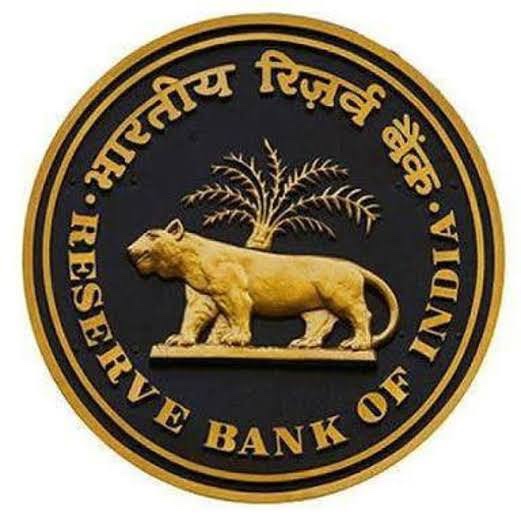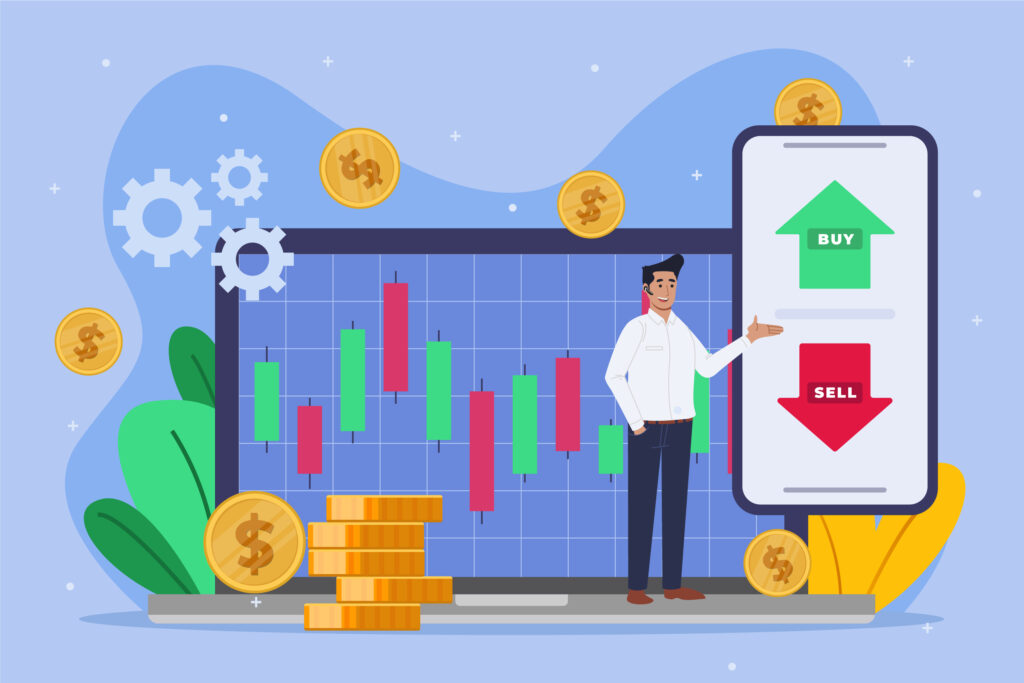
Once upon a time, there was a guy named Atul who was a businessman in India. He was always eager to keep up with the latest news and developments in the economy, especially when it came to the decisions made by the Reserve Bank of India (RBI), which is responsible for setting interest rates and other monetary policies.
One day, Atul heard that the RBI had announced that it would not be changing its interest rates. At first, he was a bit disappointed because he had been hoping that the rates would be lowered. He had been planning to take out a loan to expand his business, and he knew that lower interest rates would make it easier and cheaper for him to borrow the money he needed.
However, as Atul thought more about it, he realized that there were also some potential benefits to the RBI’s decision. For one thing, it meant that inflation was under control, which was good news for consumers. Atul knew that high inflation could cause prices to rise rapidly, making it harder for people to afford basic necessities like food and clothing. With inflation under control, people would be able to maintain their standard of living more easily.
Furthermore, Atul realized that the RBI’s decision might actually be good for his business in the long run. If interest rates remained stable, it would be easier for him to plan and budget for the future. He wouldn’t have to worry about sudden spikes in borrowing costs that could throw his plans off track.
Overall, Atul came to see that the RBI’s decision not to change interest rates was a mixed blessing. While it might not have been exactly what he was hoping for, it also had some potential benefits that he could take advantage of. He decided to focus on the positives and continue working hard to grow his business, regardless of the interest rate environment.
The RBI’s Monetary Policy Committee (MPC) typically meets every two months to review the monetary policy and decide on the policy interest rates. The policy rates include the repo rate, reverse repo rate, and marginal standing facility rate. The RBI may also use other tools to implement its monetary policy objectives, such as open market operations, reserve ratios, and liquidity measures.
The frequency of interest rate changes by the RBI depends on various factors such as inflation, economic growth, global trends, and other macroeconomic indicators. The RBI may decide to raise, lower or maintain the policy rates based on its assessment of these factors. Therefore, the frequency and timing of interest rate changes by the RBI are not fixed and can vary depending on the prevailing economic conditions and the central bank’s assessment of the economy.





